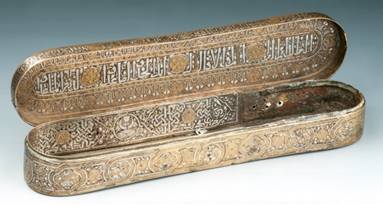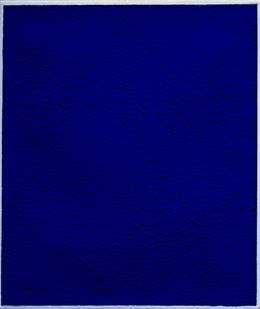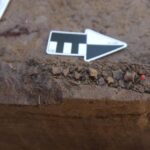Sovereign Metals. Festivities, the Hunt and the Firmament in Medieval Islam
Part of the Liquid Frontiers and Connected Worlds exhibition programme
Exhibition curated by Veronica Prestini, The Aron Collection
16 June – 17 September 2023
MAO Museo d’Arte Orientale, Turin
The second stop in the lead-up to the major autumn exhibition devoted to art from the Far East and Central Asia up to the Mediterranean shores is a small exhibit focused on exquisite metal Islamic art objects. Titled Sovereign Metals. Festivities, the Hunt and the Firmament in Medieval Islam, it is also the debut collaboration between the Museo d’Arte Orientale and The Aron Collection.
The exhibition, which is replacing Lustre and Luxury from Islamic Spain in MAO’s Islamic Gallery, features a carefully chosen selection covering the main types of Islamic metal art objects (incense burners, pen holders, candlesticks, trays, basins, bowls, perfume bottles) that, along with miniature painting, represent some of the highest expressions of Muslim artistic creativity.

Creativity that spread from Persia out into the world like a language, reaching India and China in the East and the slopes of Mount Atlas in the West. The object of admiration and imitation, it also arrived in Europe, showing that the borders of aesthetic perception are not tied to those of politics and religion.
What were the artisans’ preferred themes for these invaluable metal objects?
First and foremost, the hunt, and in particular the iconography of the king on horseback flanked by animals (often a falcon, a leopard or a camel) and a female servant, who could be an artist, a scientist or a musician.
Another major theme was astronomy, which, together with astrology, played a central role in the life of sovereigns and influenced their political, military and even romantic decisions. Popular motifs included planets, constellations and zodiac signs, as well as imagery linked to predicting the future.
Lastly, festive and banquet scenes, which were connected to the literary genre Bazm-o-Razm, meaning ‘feast and fight, encapsulating the cyclical opposition of the glories of peace to the passion of combat.
Astrology, with its scenes of court life and regal pomp, was especially able to evade Islamic iconoclasm in the Middle Ages, becoming the preferred theme for objects produced for the flourishing medieval Islamic middle class that started filling the cities of the Caliphate in the tenth century.
This extraordinary and metaphysical repertoire is joined by the rigour of the calligraphic arts, for the most part used for objects associated with producing light, like candlesticks and lamps, which were fundamental not only for secular everyday life but also for the more opulent religious and spiritual sphere.
One of the most refined objects on view in the exhibition is a silver encrusted pen holder (Mosul, Iraq, late 13th century), decorated with an image of the Sun surrounded by the planets, a typical motif for objects made for rulers and other members of the elite as well as an emblem of astrological iconography in medieval Islam. Another is a large brass basin with silver damascene and engraving (Fars, southern Iran, 14th century), the entire surface of which is decorated with highly symbolic imagery depicting scenes of hunting with a leopard, a falcon and a bow, expressive of a royal prerogative and the sovereign’s exceptional qualities as a combatant.
As with previous exhibitions at MAO, Sovereign Metals opens up dialogue between old and contemporary works, offering itself as a tool for study and in-depth analysis of cultures and materials. This time, MAO is delighted to present, within the exhibit, the work Monochrome Bleu (1959) by Yves Klein (1928–1962).

Yves Klein’s artistic experimentation with the transformation of colour into art, exalting the luminosity and intensity of ultramarine blue, was in a certain way the completion of a artistic pursuit with ancient roots. Ultramarine blue was unquestionably the most important natural pigment used in ancient Egyptian and Assyrian painting. The hue was also central to the work of Islamic miniature painters devoted to illuminating manuscripts. Ultramarine blue, also known as Persian blue, dominated these fine manuscripts and was often expertly paired with gold leaf.
With this in mind, Monochrome Bleu provides an opportunity to appreciate the development of technical, artisan and artistic knowledge and expertise, in continuous expressive tension, which became a philosophical model in Klein’s interpretation, and to fully enjoy the breathtaking depth of its colour.
The exhibition Sovereign Metals offers MAO visitors a chance to view numerous objects that are normally kept in the museum’s storage, paired with works from the Aron Collection and other important private collections.
Admission to the exhibition is included in the ticket for the permanent collection.
Related articles:
Lustre and Luxury from Islamic Spain. Liquid Frontiers and Entangled Worlds
Press release from MAO Museo d’Arte Orientale


